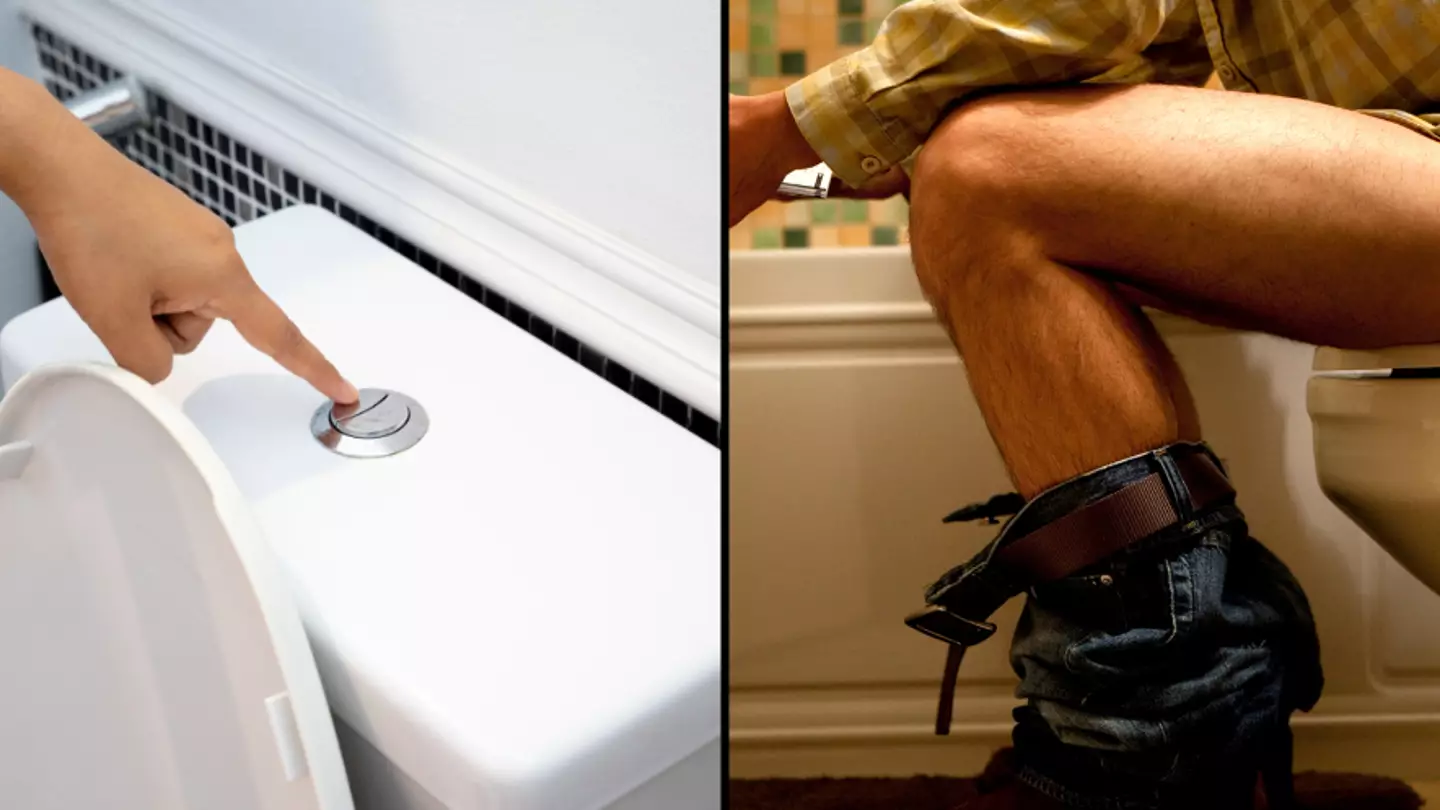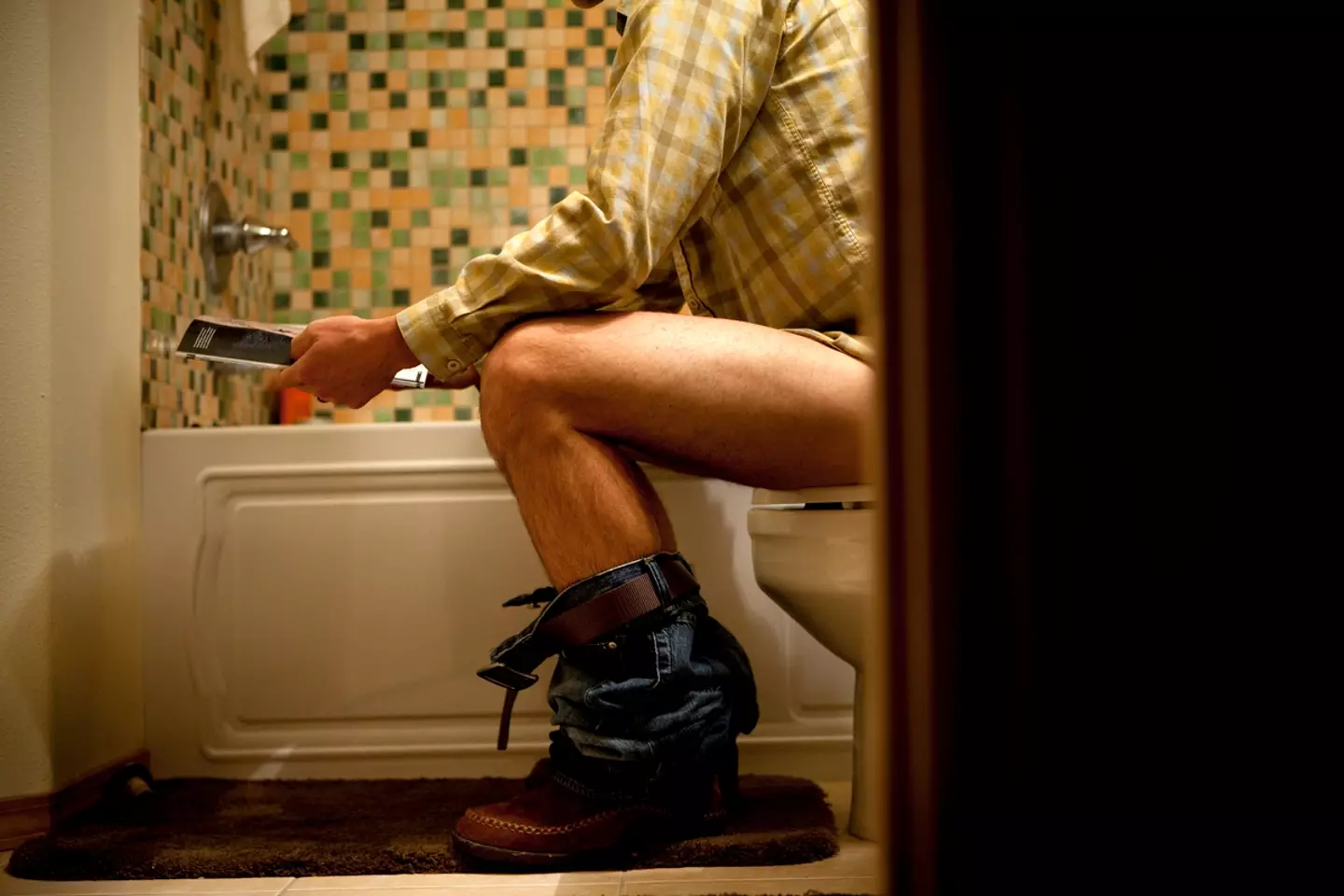
There’s no tip-toeing round it, if you’ve got diarrhoea, it’s just s**t.
And just like there’s different types of farts, there’s different types of the s**ts.
If we’re honest, most of us do tend to indulge a little extra over this festive-feast-filled time of year and unsurprisingly, that can take effect on what goes on in the loo.
Advert
But it’s important to know just what’s coming out after what’s gone in.
Yeah, I know, standing over the bowl and having a look at your poo isn’t the most fun activity, but it could be vital for your health.
Rudolph Bedford, a gastroenterologist at Providence Saint John’s Health Centre in California told Women’s Health about the different types of diarrhoea and what they mean.
Exudative diarrhoea
This is typically linked with Inflammatory bowel diseases like Crohn’s disease or ulcerative colitis, but infections such as E. coli can cause it.
Advert
It can be pretty alarming as you may find blood and pus in your poop – which you should always see a doctor about if you spot it.

Paradoxical diarrhoea
An absolute double whammy, this happens when you’re severely constipated.
Advert
This basically happens when any liquid behind the backup passes itself around the poo, leaking out as diarrhoea. Nice.
Bedford says: “You literally can be constipated and put out liquid stool at the same time.”
You’ll need to relieve the constipation to help this (eat fruits containing sorbitol, drink lots of water, gradually increase your fibre intake) or you potentially might need an enema.
Osmotic diarrhoea
This happens when too much water is pulled into your bowels, creating properly liquidy s**t.
Advert
The expert says: “It usually indicates that something that you’ve taken in isn’t being absorbed.”
READ MORE
HOW TO KNOW IF YOUR FARTS INDICATE YOU NEED MEDICAL HELP
PELVIC FLOOR EXPERT SHARES HOW TO HAVE 'PERFECT POO'
Advert
He explains osmotic diarrhoea is commonly caused by having a lactose intolerance as well as consumption of artificial sweeteners – so avoiding dairy or cutting back on the sweeteners might help.

Secretory diarrhoea
So, this looks particularly like osmotic, but if you’re avoiding those dairy and sugars and experiencing diarrhoea (even without eating), it’s likely to be secretory.
This happens when your intestines secrete electrolytes into your colon.
It can be caused by multiple factors, such as an infection.
Get to the doctors if you’re experiencing secretory diarrhoea.
Pseudodiarrhoea
And rounding off with another unfun splash in the can, this is when you’re having little bits of diarrhoea happen more than three times a day.
This is quite common with conditions like irritable bowel syndrome (IBS) but Bedford says it can also happen due to constipation.
If getting more fibre in your diet or an enema doesn’t do anything to happen, it’s time to chat to the doctor.
Featured Image Credit: Getty stock imagesTopics: Health
